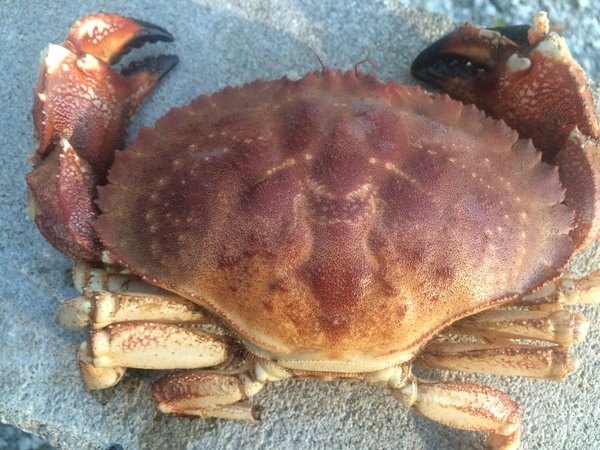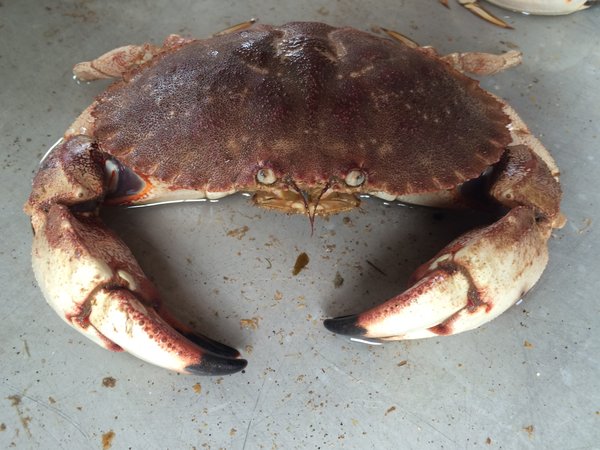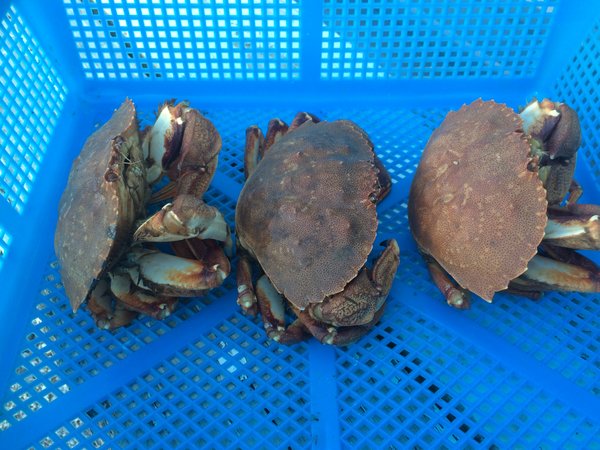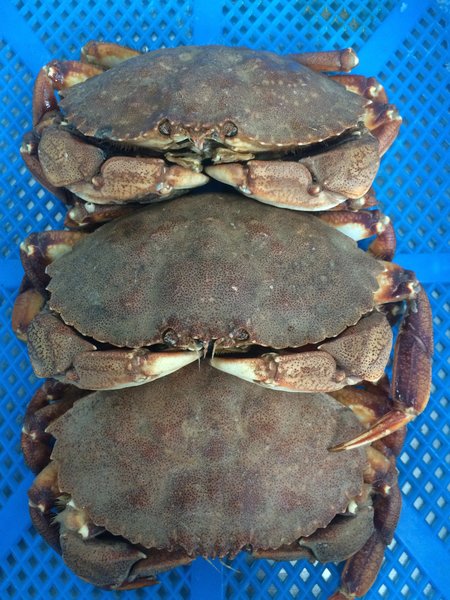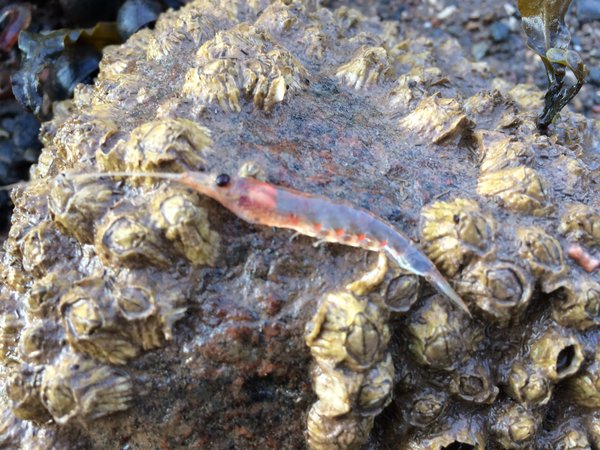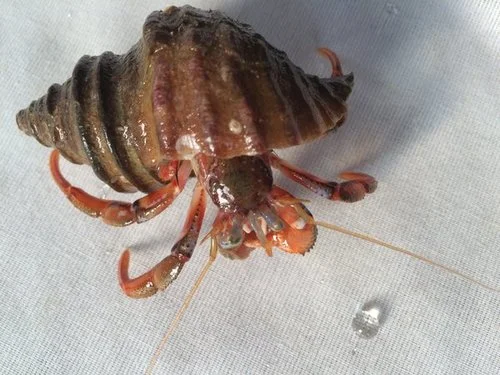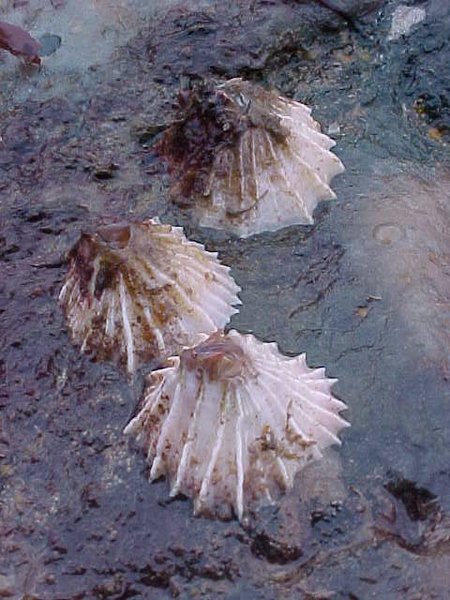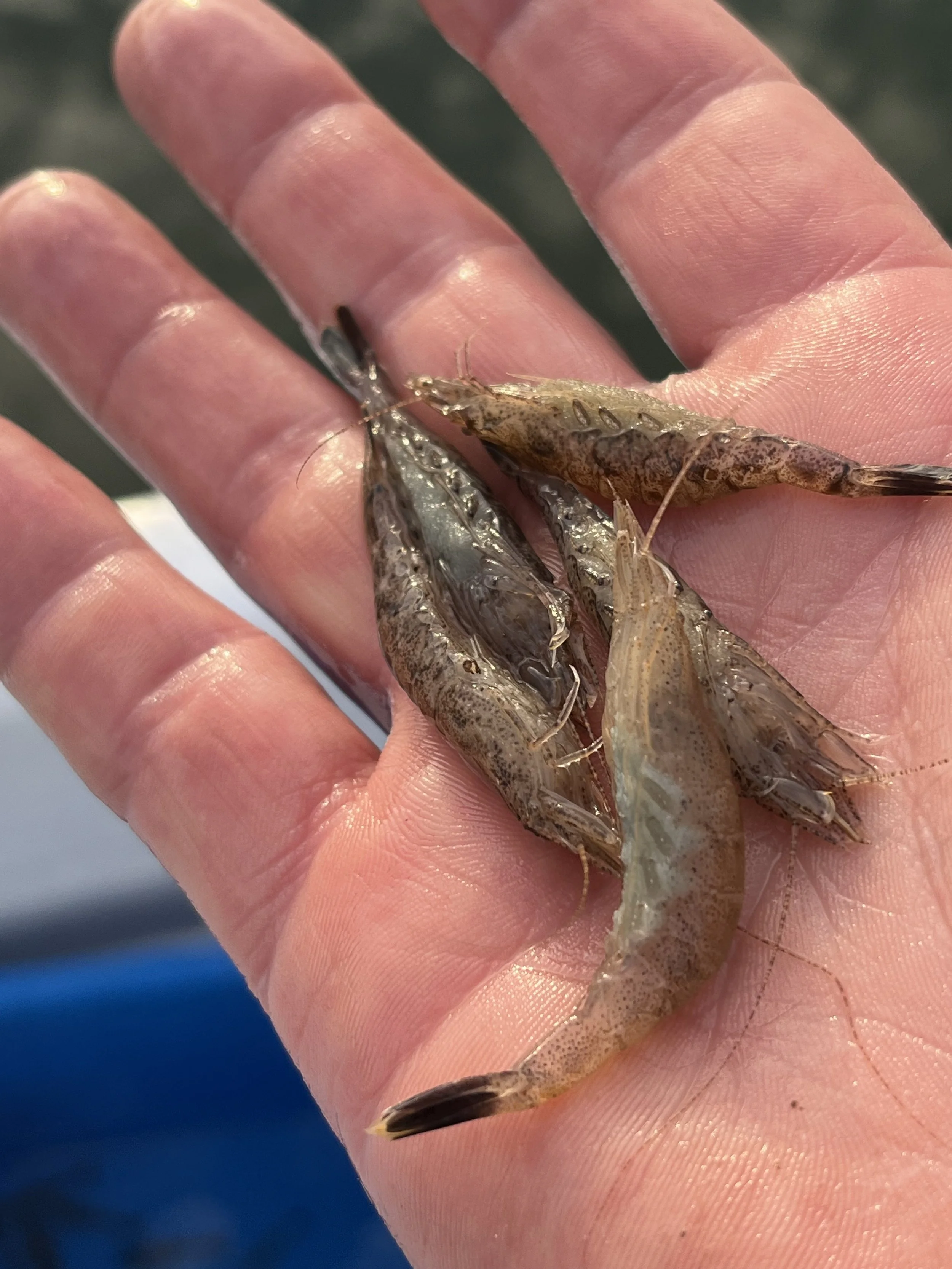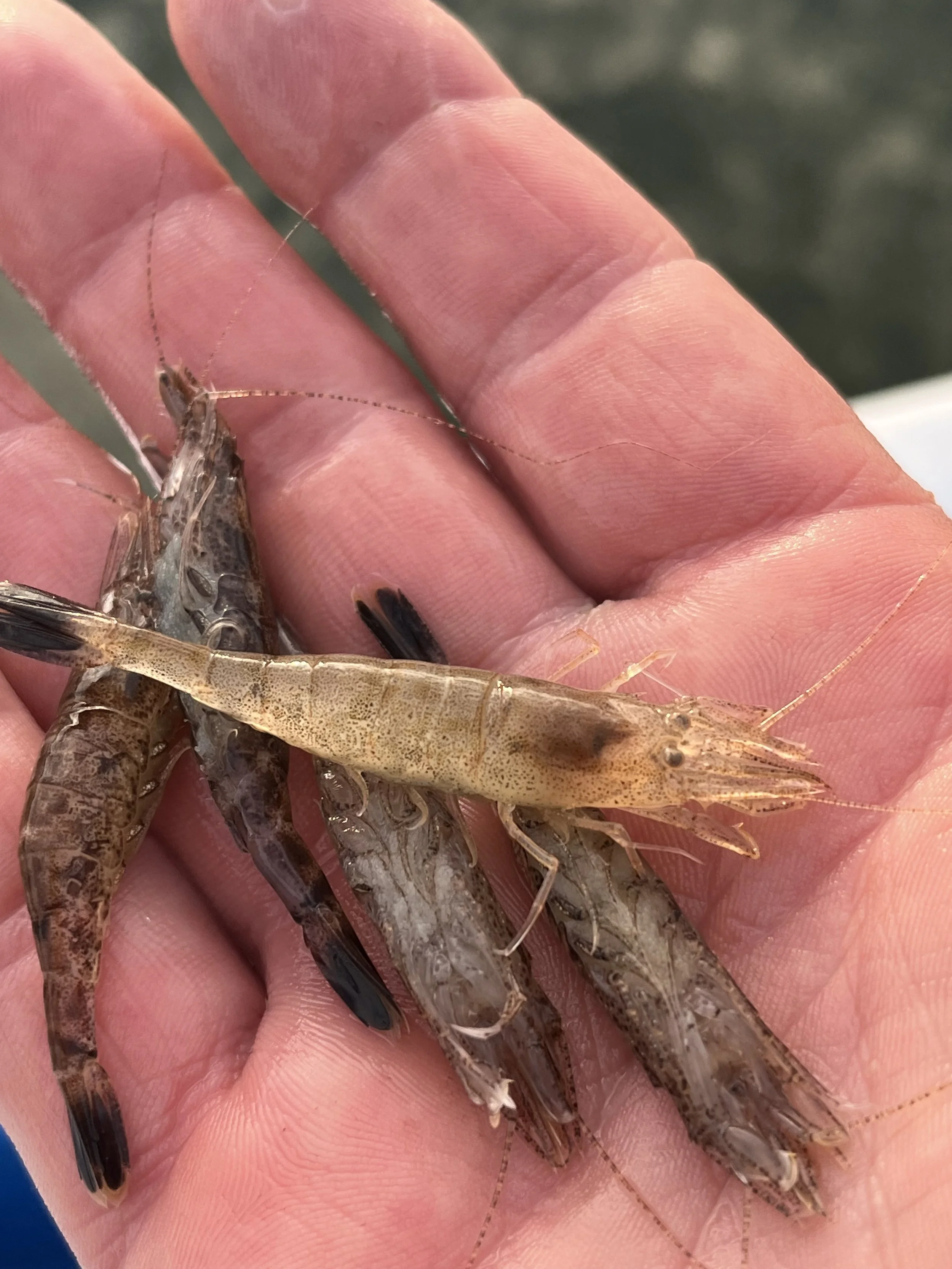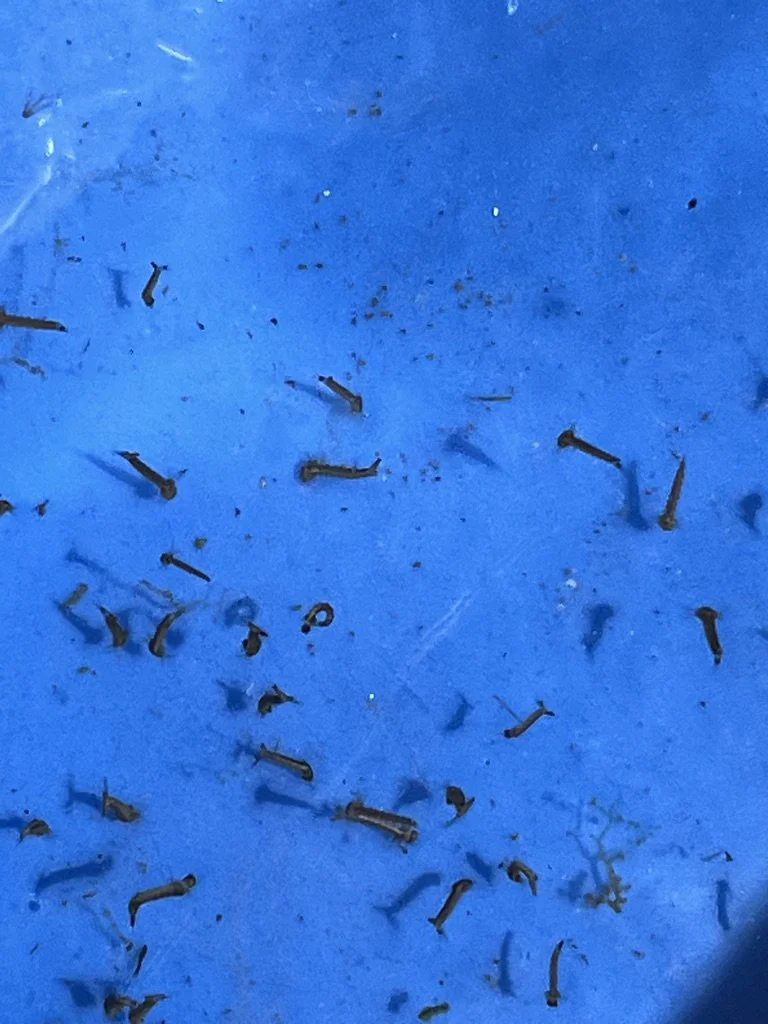 Image 1 of 3
Image 1 of 3

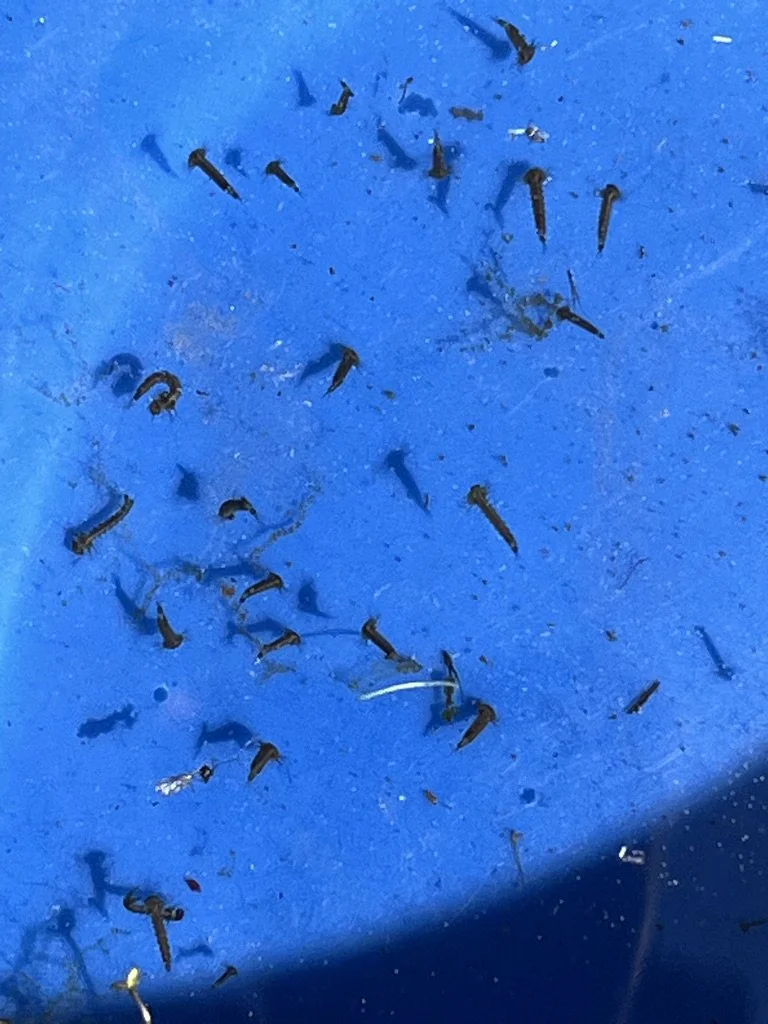 Image 2 of 3
Image 2 of 3

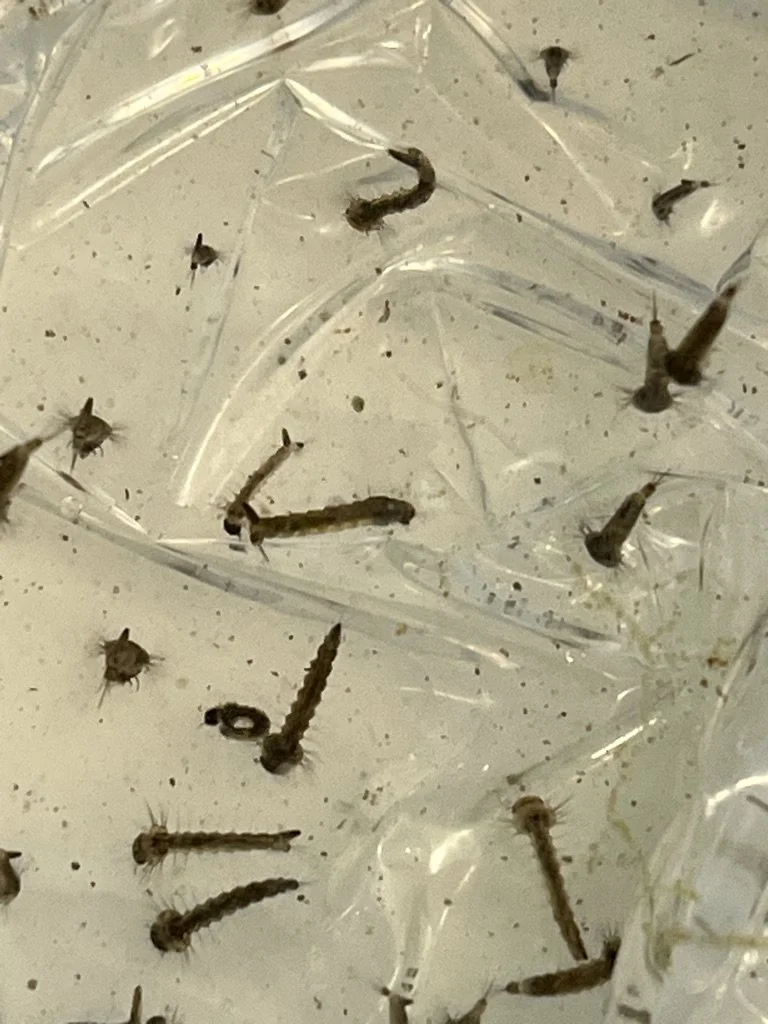 Image 3 of 3
Image 3 of 3




Saltwater Mosquito Larva (Aedes spp.)
Live Mosquito Larvae (Aedes spp.)
Wet, Live Science Specimen – Ideal for Classroom Study, Aquatic Ecology, and Microscopy
Mosquito larvae (Aedes spp.) are aquatic invertebrates commonly found in stagnant pools of freshwater such as puddles, ponds, or containers. These wriggling larvae represent the aquatic juvenile stage of the mosquito life cycle, offering a fascinating look into insect metamorphosis and freshwater ecology.
Highly active and easy to observe, mosquito larvae are widely used in entomology education, aquatic ecosystem studies, and predator-prey research. Students can examine their breathing siphons, movement patterns, and feeding behavior under a microscope or in small observation dishes.
Common name: Mosquito larvae
Scientific name: Aedes spp.
Locations: Stagnant water pools
Seasonality: Collected here June – August
Color: Brown
Size: ½”
Collected: Dip net
Quantity: Sold by the each
Uses: Perfect for classroom demonstrations, insect life cycle study, freshwater ecology education, and aquaculture feeding research.
Note: This is a live aquatic specimen. Natural variations in size, color, and activity should be expected. For larger educational sets or preserved specimens, contact info@gulfofme.com.
Live Mosquito Larvae (Aedes spp.)
Wet, Live Science Specimen – Ideal for Classroom Study, Aquatic Ecology, and Microscopy
Mosquito larvae (Aedes spp.) are aquatic invertebrates commonly found in stagnant pools of freshwater such as puddles, ponds, or containers. These wriggling larvae represent the aquatic juvenile stage of the mosquito life cycle, offering a fascinating look into insect metamorphosis and freshwater ecology.
Highly active and easy to observe, mosquito larvae are widely used in entomology education, aquatic ecosystem studies, and predator-prey research. Students can examine their breathing siphons, movement patterns, and feeding behavior under a microscope or in small observation dishes.
Common name: Mosquito larvae
Scientific name: Aedes spp.
Locations: Stagnant water pools
Seasonality: Collected here June – August
Color: Brown
Size: ½”
Collected: Dip net
Quantity: Sold by the each
Uses: Perfect for classroom demonstrations, insect life cycle study, freshwater ecology education, and aquaculture feeding research.
Note: This is a live aquatic specimen. Natural variations in size, color, and activity should be expected. For larger educational sets or preserved specimens, contact info@gulfofme.com.
Tidepool Tim says, “The larval stage of the mosquito is aquatic and does well in stagnant water or tide pools. What these two places have in common, is their lack of predatory fish and lack of water flow. They’re called “wigglers” because of the way they thrust themselves around in their legless, larval state. They gather oxygen by hanging around in the uppermost layer of oxygen rich water. Larval mosquitoes do feed to prepare their energy stores for their pupal, non-feeding stage. They graze on particles and biofilms in the water, or other smaller larvae.”

